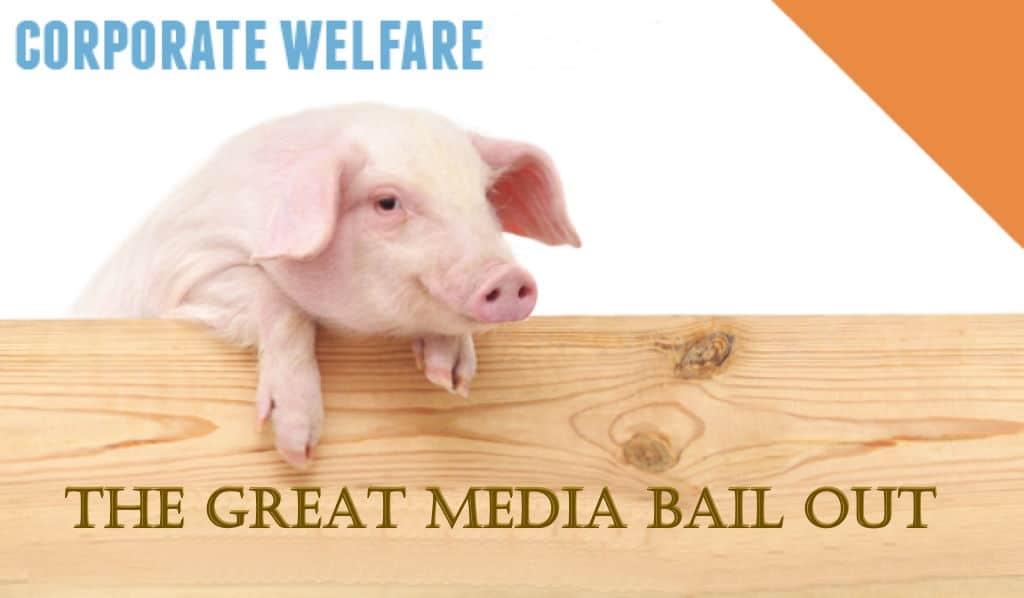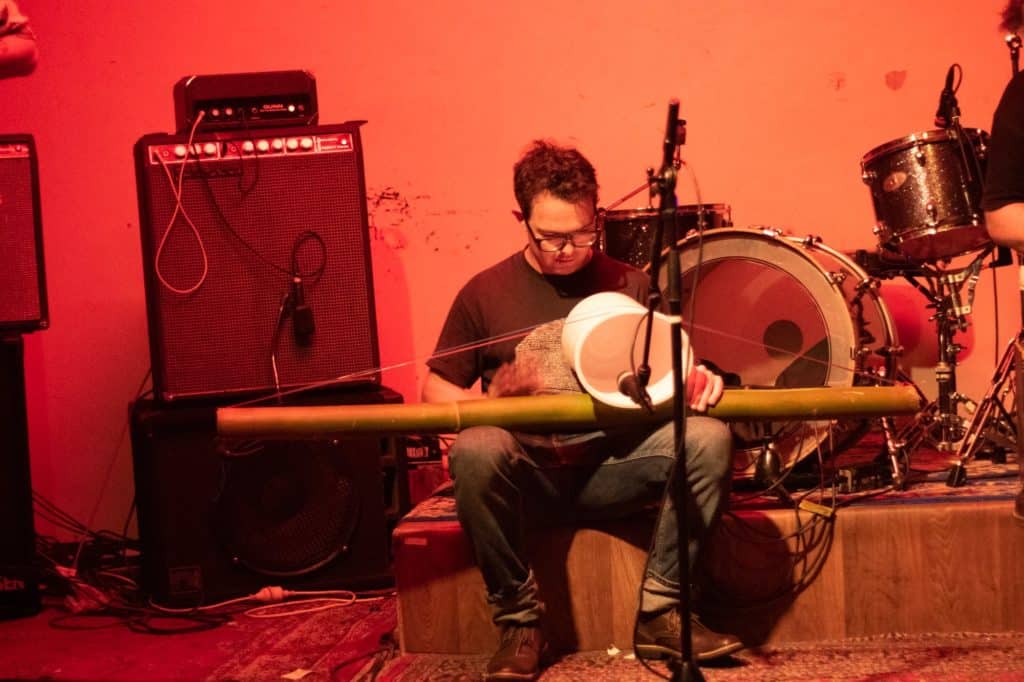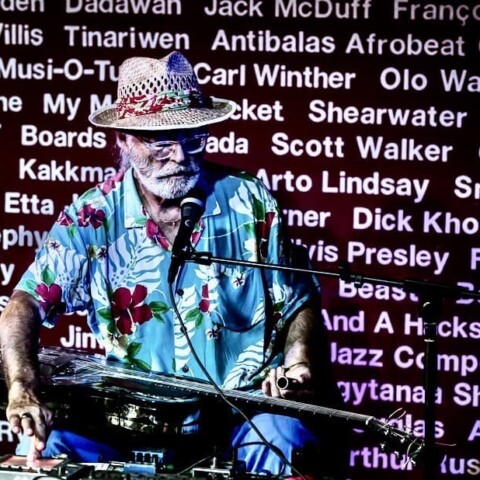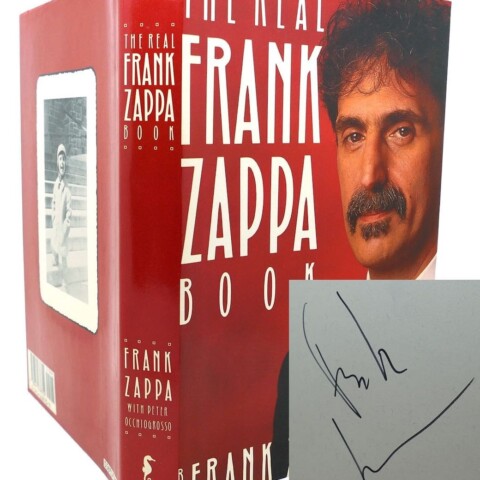To mark New Zealand Music Month GARY STEEL regurgitates a piece he wrote on the subject long ago.
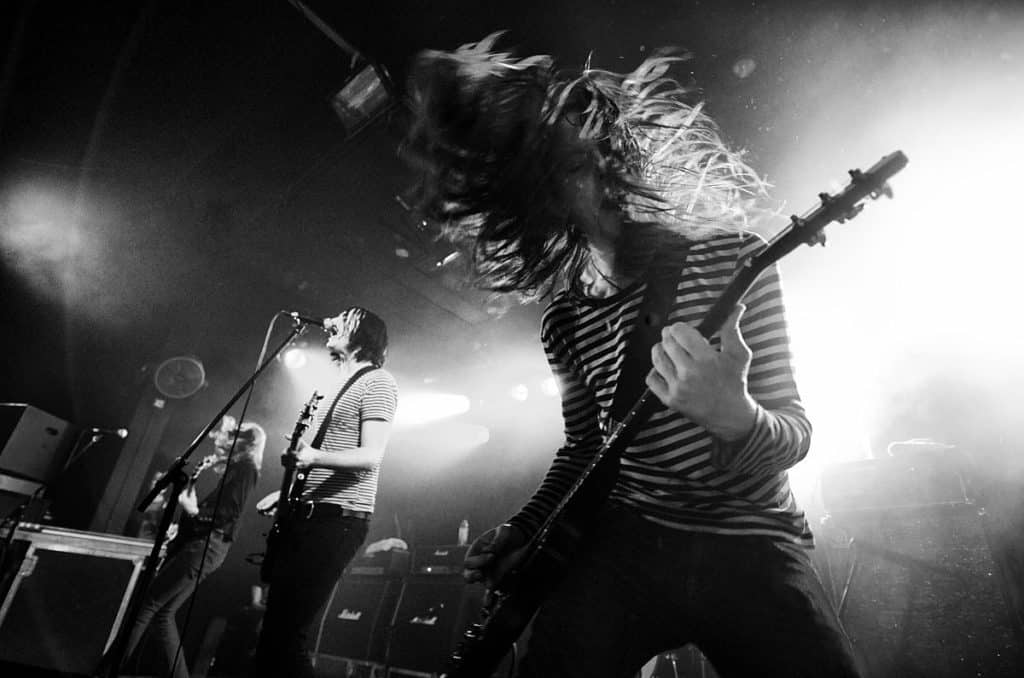
Bravos and back-slapping will sound long and hard in May as NZ Music Month marks our most successful year at home and abroad. Should we really be so smug?
It must seem alien to those nurtured on New Zealand music in the past decade. It might even be shocking news, but the fact is that, until the mid-1990s, opinion wasn’t even divided on the issue of the merits of New Zealand music: up until then, the received wisdom was that all things homegrown were hopelessly inferior to what we heard from the UK, the US, even Australia. New Zealand music, in short, sucked.
Now, as we’re reminded every nanosecond by any media vehicle feeling its duty to spread the good word, the local music scene is celebrating an extraordinary renaissance – verily, it’s a golden age, and is enjoying un-precedented success. Its cheery face is flushed with pride.

Never have the charts been dotted with so many slices of locally made merchandise; hard-hearted commercial radio is regularly exceeding its voluntary quotas; rap stars like Scribe have sent our music through the roof at home, while noisy boys the Datsuns have been mucking about and getting wicked hyperbole on foreign turf.
New Zealand music, in short, is going off. But there’s a strange niggling as we enter into this new era of musical brinkmanship. It’s a feeling that, in the process of losing the cultural cringe that was such an intrinsic part of our awful pop past, we’ve also lost the charm that (occasionally) made us great.
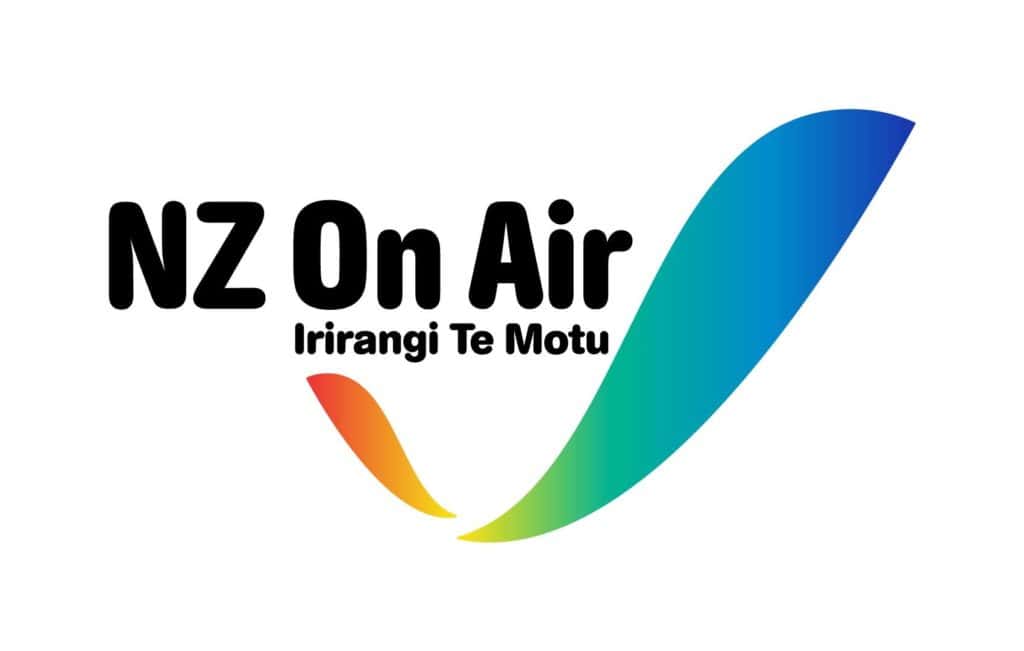
The present is so bright and breezy that it’s tempting to ride the feel-good boat and pretend it’s always been so. Amnesia is woozily pleasant, and provides us with a way to avoid our sad, weird, pickled pop past. Neither has there been any critical engagement to match local music’s new-found popularity, just choruses of flatulent approval from independent commentators and presenters who have been co-opted – it seems – into promotional subservience.
“May 2004 will be NZ Music Month again and this time, the colour will be GREEN,” trumpets the NZ On Air website. “A green described by designer Andrew B White as a ‘grunty green’. For the technically minded, it’s Pantone 355 Green.”
Yeah, whatever. But NZ On Air’s contribution to the current surge by the New Zealand music industry should not be underestimated. The government body’s funding scheme is entirely industry-oriented. Unlike other arts-funding bodies, NZ On Air seems to care little about how innovative or artistically meritorious your music is. Your request for a hand-out will be declined if it doesn’t meet specific criteria. ‘NZ On Air exists to match commercially viable product with industry expectations; these criteria actively encourage pop acts to provide material as generic and “international-sounding” as corporate radio requires.
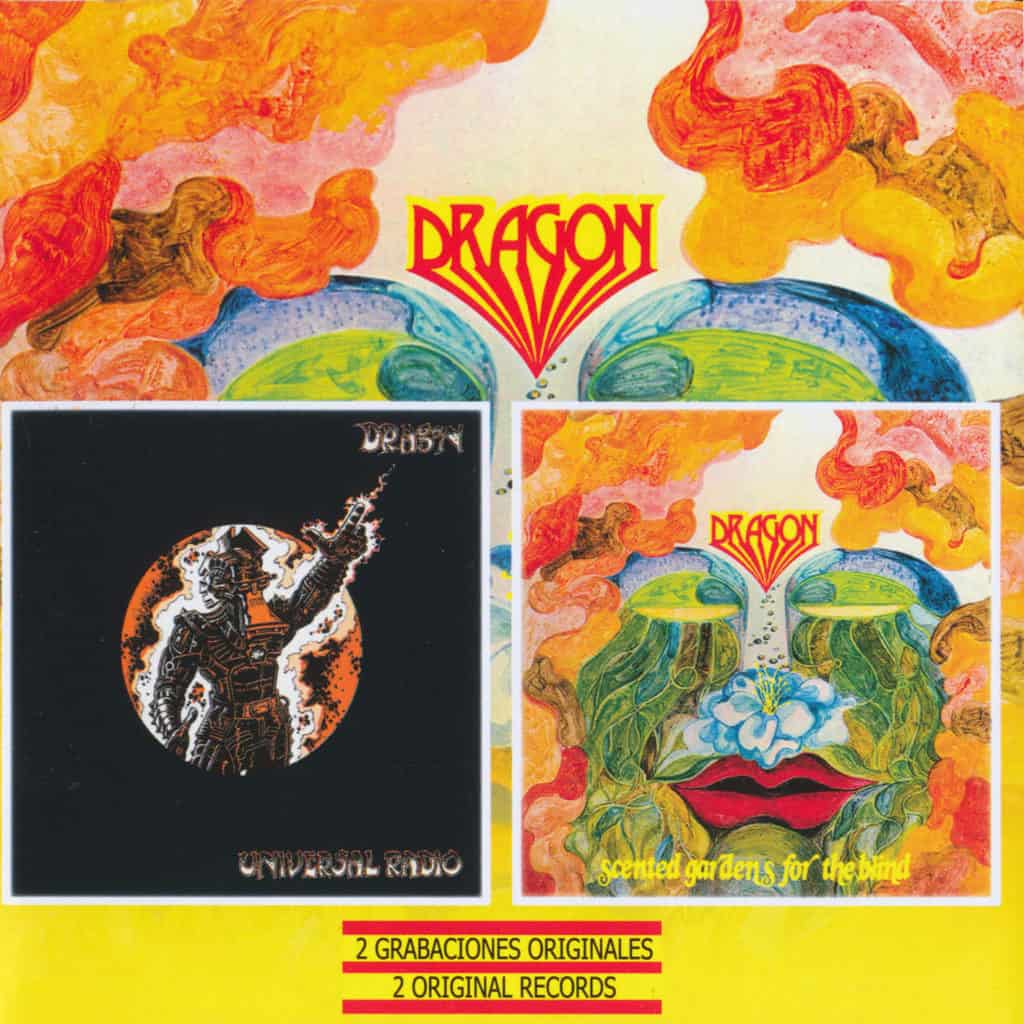
The other big player is the New Zealand Music Industry Commission, a body set up with a one-off $400,000 grant by the government to “facilitate” the industry. Spin-offs have included much to-ing and fro-ing, including (this year) a startling Kiwi presence at the Texan music conference South by Southwest and the annual Resonate symposium, where international experts come to give us advice.
NZ Music Month started as a week in 1997, but, by 2001, support had grown sufficiently to demand an entire month.
Running through all this “facilitation” of the local music industry is a spiel that suggests, in time-honoured totalitarian manner, that we all have a role in fostering and supporting the industry. We’re being asked to see all locally made music not as the result of a mottled bunch with varying degrees of talent and creativity, but as a product; and not necessarily a product that speaks to us, but is geared towards international consumption.
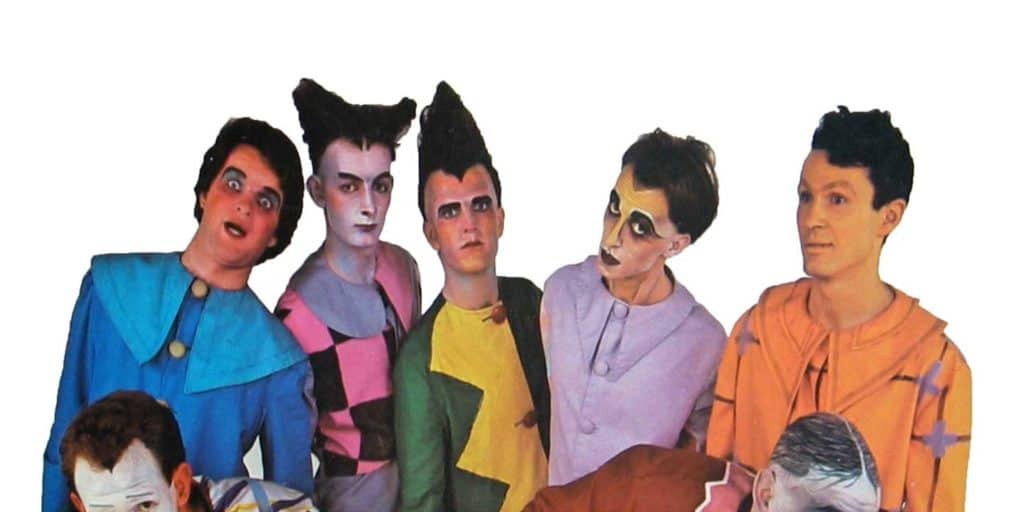
Thank Jehovah, then, for those fractious young souls who frequent the blog sections of New Zealand music sites like NZMusic.com.
“Healthy to admit – most NZ music sucks,” writes Lena O. “Everyone stands around and cheers while some of the most appalling musical travesties are committed in this country. Subsequently, the ‘artists’ believe the falsehood, and they don’t develop their full potential. Let’s cut the crap and critique where criticism is due.”
Christianity, another blogger, agrees: “Any backlash is entirely the fault of the government’s heavy-handed, parochial ‘enforcement’ of NZ music. It’s Clockwork Orange syndrome: in the past we could listen to the music when we felt like it. Now it’s pushed down our throats in inappropriate ways and with damned inappropriate hyperbole!”
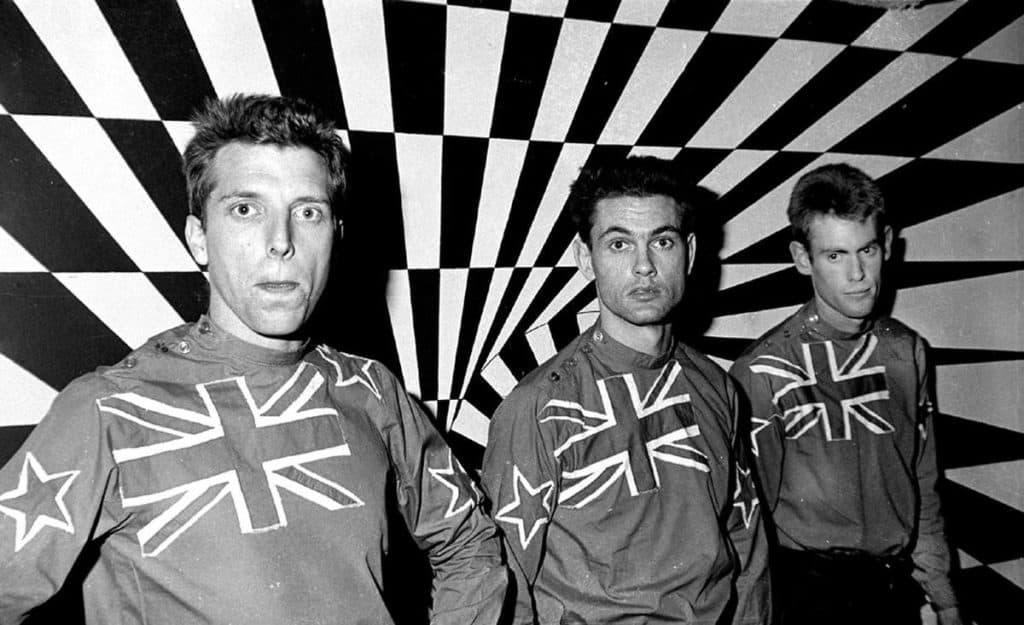
And the last word to Nameless: “Just because an artist is from NZ does not mean we have to support them! If they suck, then get rid of them!”
A slightly more considered opinion comes from Ron Kane, a California-based former New Zealand music zealot whose own band, the Decayes, released two albums with local connections (horNetZ, 1981, just reissued on CD, and Ten Guitars, 1982, released by Jayrem in New Zealand). Kane journeyed through the country on numerous occasions, scouring record bins on his quest to collect every drop of our sorry music history.
In Kane’s opinion, the spirit of New Zealand pop is well and truly time-locked. “You’ve got your 60s stuff (some of which has seen decent archiving through Glenn Baker’s Australian label Raven), 70s stuff (it took the Japanese to issue bootlegs of those early Dragon albums), and then the late 70s, early-to-mid-80s ‘new wave, we-don’t-care-about-Australia/America/London’ music. Seems to me that the story is over after that,” he writes via email.

Kane’s theory goes like this: “When the pressing plants closed around 1987, and the stupid compact disc became de rigueur, the instant heart of something like the Features’ first EP could never happen again in New Zealand. Then there’s the drum machine, which made all that early 90s faux-grunge unlistenable to me. And the rest of the talent pool began to concentrate on making a music that had nothing to do with New Zealand. Dull ‘indie’ bands (on established labels) making records to be played on [UK radio show] John Peel, not on K’Rd, George St or Manners Mall.
“Having to be subservient to the music business of another country can literally steal your soul. My advice for the ailing Kiwi music soul? Just say no to multi-national ‘indie’ labels. Make your music wherever you are for wherever you are, not for John Peel or some asshole in New York. Make it for the New Zealand market. If nobody gives a rat’s ass, you’re safe.”
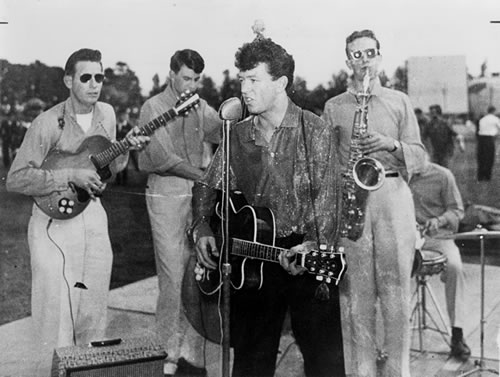
Which brings us to a highly personal potted history of New Zealand pop. 1950s: shocking emulation of early rock’n’roll, so badly rendered that it’s often entertaining.
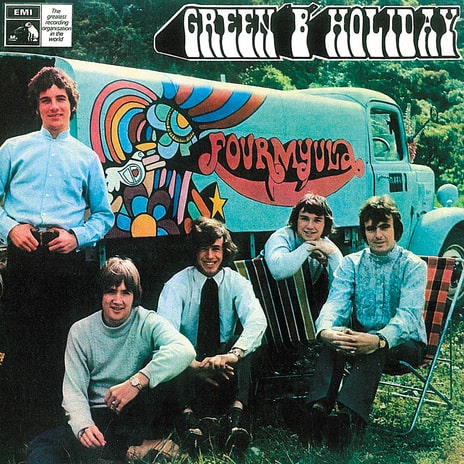
1960s: increasingly adept (but often still wonky) emulation of international pop, rhythm & blues and, towards the end of the decade, some fantastic songwriting.
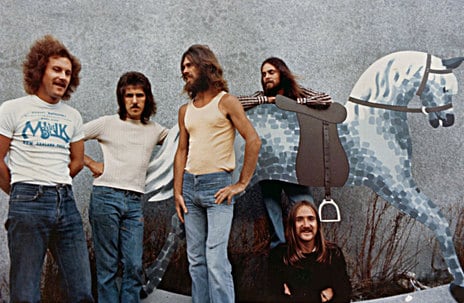
1970s: as long-playing albums became necessary, internationally, along with high standards of production and engineering, New Zealand bands suffered a profound lack of technical nous. Pub rock was ruinous.
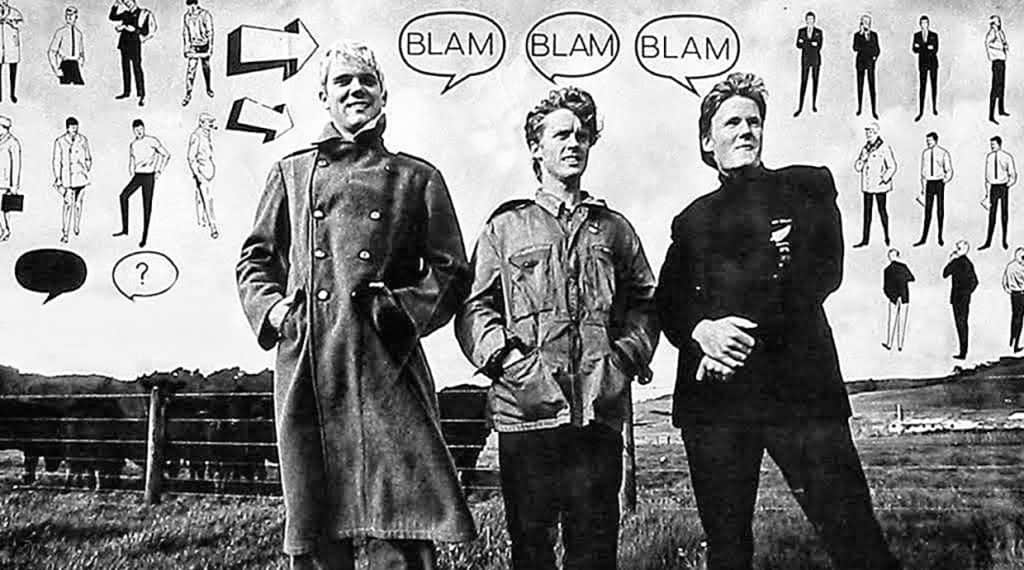
1980s: 1979 to the mid 80s was a golden era, with the first wave of independent record companies and many infectiously memorable (if often artless) 45 artefacts. Local music began a putrefaction period from the mid 80s, with little record-company support or self-belief.
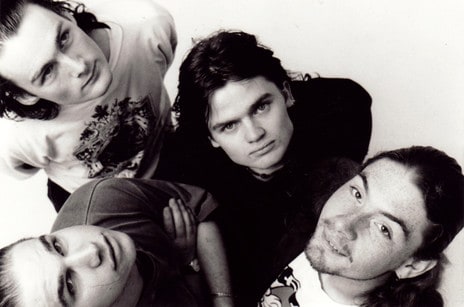
1990s: many technical improvements were made, as studios, concert rigs and sound-engineering standards soared. But the plot was lost: whichever part of the increasingly fragmented scene it came from, the sounds largely conformed to a notion of international product. Apart from a few pompous te reo artists and novelties like the Muttonbirds’ “Dominion Road”, there was no continuum of distinctively antipodean pop.

Which brings us to the new century. Loads of thrash-rock Datsuns and D4 wannabes. Hip-hop crews whose token acknowledgement of New Zealand is literally lip-service. A dance scene that is as generic as the dance scene is worldwide.
Happily, though, for every hundred aspirants to the throne of the Feelers, there’s a ray or two of hope shining through. Recently – despite the indiscriminate crowing of those organisations whose duty it is to promote our every excrescence with gay abandon – there has been a small upsurge in the number of idiosyncratic pop acts: a slight renewal in the faith that what we should be talking about is music, not the music of industry.
The finest New Zealand music of the past 50 years is often the most embarrassing to listen to. Our most memorable songs are often those that can still make us cringe, decades removed. Too much of the current crop of local music sucks because it fails to face the cringe: it’s like Ponsonby pretending to be Newtown in Sydney, pretending to be Greenwich Village in New York. It’s professionally aspirational, rather than naively dweebish.
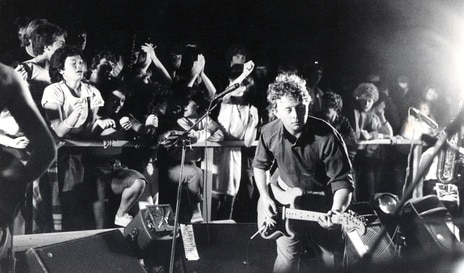
And it’s that dweebishness – from Split Enz’s early psychotic masterpieces to the red-faced impishness of Dave Dobbyn to the best moments of Chris Knox and the new soul stylings of Shayne Carter and contemporaries like the Brunettes – that defines our particular brand of humility.
10 PAST SLICES OF NZ BRILLIANCE
“Nature”, the Fourmyula, 1969
“Otaki”, the Fourmyula, 1971
“Come to the Sabbath”, Timberjack, 1973
“Gumboots”, Fred Dagg, 1975
“I Am a Rabbit”, Proud Scum, 1979
“Computer Games”, Mi-sex, 1979
“One Good Reason”, the Swingers, 1980
“Poi E”, Patea Maori Club, 1984
“Duane Eddy”, the Great Unwashed, 1984
“Totalling Dad’s Car”, the Headless Chickens, 1986
10 PRESENT ACTS OF GENUINE NZ CLASS
Dimmer
Goldenhorse
Che Fu
SJD
Phelps & Munro
Goodshirt
The Brunettes
Bic Runga
Jakob
The Phoenix Foundation
NOTE: There’s a lot I would change (along with some corrections) if I was to write this 2004 piece again, and yes, to a point I was playing devil’s advocate. But there’s more than a grain of truth in its basic tenets. Originally published in The NZ Listener.








